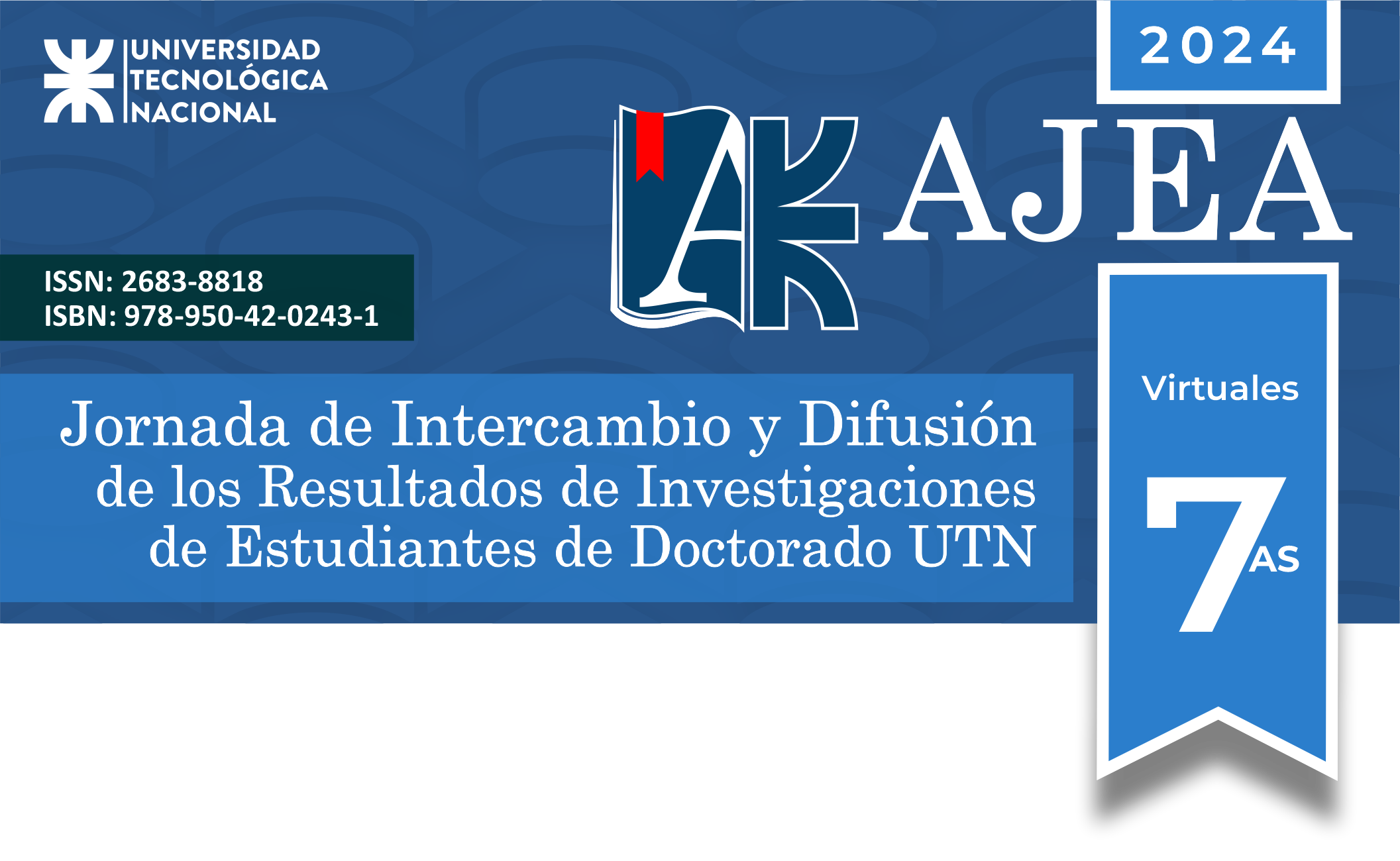Leakage Control in Water Distribution Networks: Comparative Study of Metrics
DOI:
https://doi.org/10.33414/ajea.1702.2024Keywords:
Pressure Management, Metaheuristics, PRV, Background leakageAbstract
In recent decades, the global need to address the scarcity of drinking water has driven initiatives to ensure a sustainable supply. This work proposes a two-stage methodology to reduce leakages in water distribution networks by managing pressures using Pressure Reducing Valves (PRVs): The first stage employs the topological modularity index to divide the network into communities and identify potential locations for PRV installation. In the second stage, the simulated annealing method is used to determine the optimal number of valves and their settings during an hour of the night with high pressures. For this stage, the strategy evaluates two metrics: the network’s resilience index and the nodal pressure surplus. Applying this methodology to a real network shows a significant reduction in pressure and leakage volume during the analyzed hour.
Downloads
Metrics
Downloads
Published
How to Cite
Conference Proceedings Volume
Section
License
Copyright (c) 2024 Melina DENARDI, Doctoranda; Gabriel D. PUCCINI (Director/a)

This work is licensed under a Creative Commons Attribution-NonCommercial 4.0 International License.










